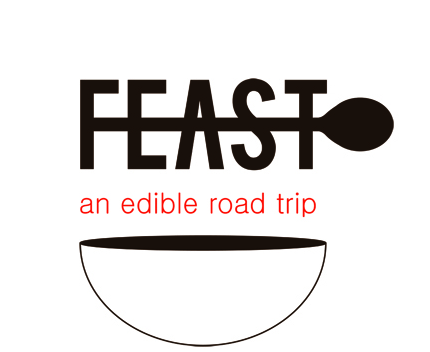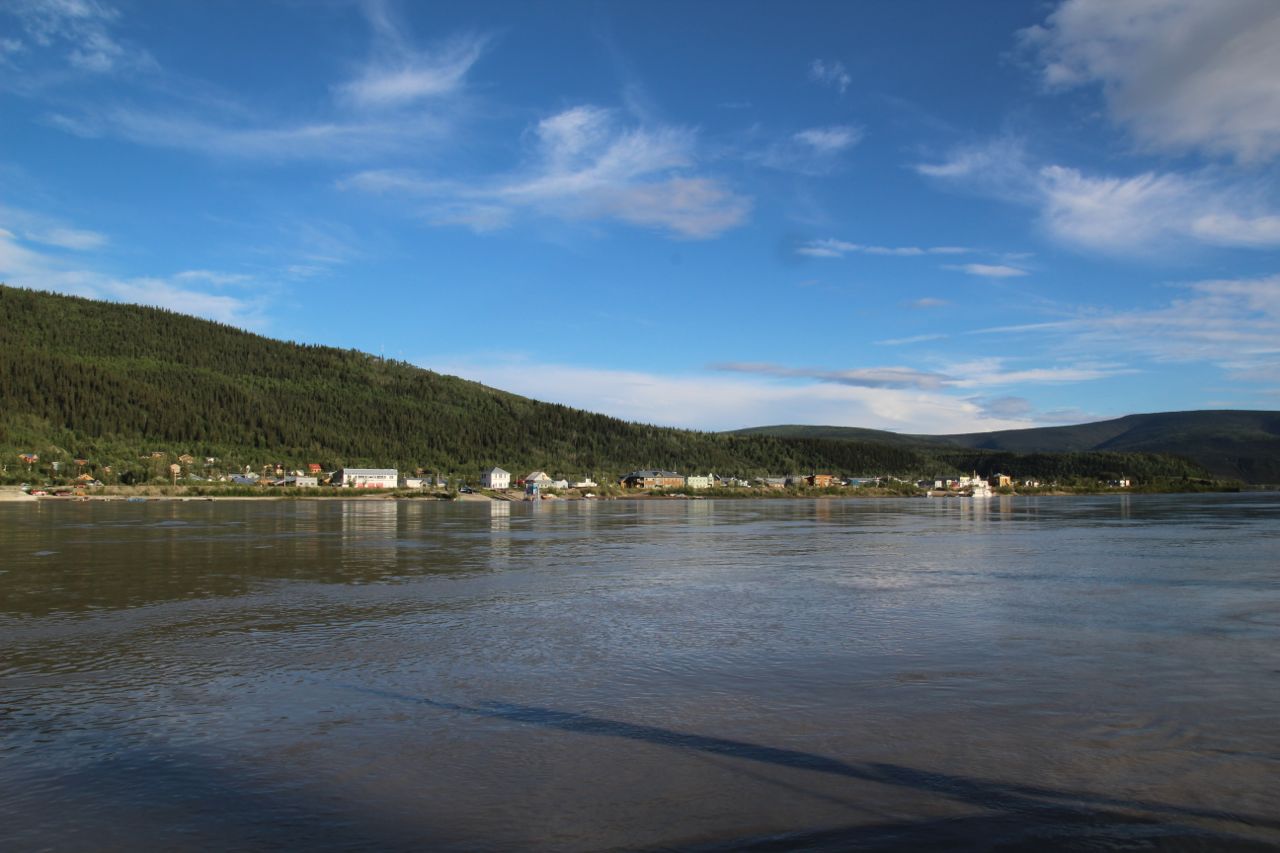Paris of the North
As Dana and I drove into Dawson City, we spent our first ten minutes shouting “Whaaaaaaat? Noooo! AMAZING!!!” inside the car. We’d never seen anything like it.
Dawson was the heart of the Klondike Gold Rush, and over a century later, it’s living history. The streets are still dirt, the wooden sidewalks are still raised, and just as it inspired great figures like Robert Service, Jack London, and Pierre Burton, it continues to inspire artists and musicians today.
We were lucky to arrive during the annual Dawson City Music Fest, a small but fiercely popular event that draws people from all over (I ran into SIX people I knew there! The world felt delightfully small).
This year saw performers such as The Beauties, Zeus, Hannah Epperson, Rachel Sermanni, The Jerry Cans, The Sojourners, Fanny Bloom, Susu Robin, and Cadence Weapon playing in various venues, including the town's old restored Grand Palace Theatre,
and the Mainstage tent, next to the oh so popular, Yukon Brewing-fuelled beer garden.
We arrived Friday evening, and managed to squeeze ourselves into one of the last tenting sites across the river in West Dawson; the area was originally settled by people looking to get away from the crowding and typhoid during the gold rush, and it’s now accessible by a free ferry running 24 hours a day.
Because it never really gets dark during a Yukon summer, we pitched our tent, headed into town, and explored late into the night.
For my entire life, I’ve been obsessed with old buildings. “Curious” does not do justice to this love of mine; as a child, I nearly fainted with delight the first time I saw an abandoned farmhouse in the prairies. My love for Dawson, a town with century-old buildings everywhere, was therefore instant.
The town’s history isn’t tucked away into its museum; it’s present in its modern life, and plays an active role in the lives of its citizens.
Some of Dawson’s old buildings are restored, some are half-so, and others lean over drunkenly, abandoned but still important. There are old ships, brothels, churches, hotels, stores, banks, post offices, and homes, and whether standing proud or hunched over, their character is genuine, not put on for tourists.
At its height in 1898, Dawson was known as the “Paris of the North,” and was home to 40,000 people. After the rush its population fell, and Whitehorse replaced it as the territorial capital in 1953. Since the 1970’s, however, its population has risen and become stable at around 1200 people, and mining continues to partially drive the economy. It’s a small but vibrant community, and we absolutely loved our time there.
Stories to come include eating birch syrup, spruce tip soda, and a sour toe cocktail; foraging for wild food in the woods behind Dawson; and visiting a farm so off the grid, we had to take not one, but TWO canoes to get there.
And let me tell you, the long drive up to Dawson City and the two canoes out to this farm were worth it. So very worth it.
-LA
Some Dawson City Music Fest tunes for you to listen to!















